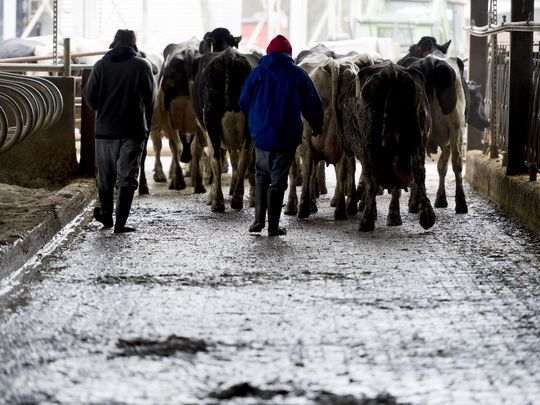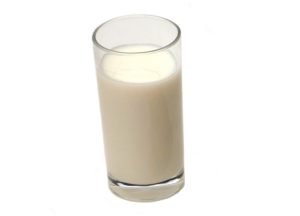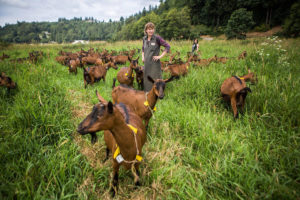Specific pork and poultry product markets are vexed, but without the same import as the first two.
Crude oil faces a triple- or quadruple-witching hour. Drastic drops in driving due to stay-at-home quarantine orders means sharply less consumption of gasoline and diesel. This weak-demand problem is recent, and will ease over time, although not as quickly as the White House and some market pundits think.
Other problems involve supply and are very long-term. A technological revolution in U.S. oil drilling has sharply increased our production. Russia, following confused decades after the breakup of the Soviet Union, has increased production and is a major global producer. Iraq has more than recovered its war-caused production declines and Iran has much capacity.
Moreover, the change of regime in Saudi Arabia, from an older and conservative leader to a young and reckless one, has made it willing to engage in oil market brinksmanship.
Few Americans understand how much U.S. oil production has increased. At 12.2 million barrels a day, we are at an all-time high. The previous high, 9.6 million, was a half-century ago in 1970. We averaged 6.5 million in the 1990s and 5.5 million from 2000-2010. But technology that combines three-dimensional seismic mapping, precise directional drilling and fracturing tight sand formations with high pressure water with sand to prop spaces open, boosted production from 5.48 million barrels per day in 2010 to the 12.2 million in 2019.
Consuming 20 million barrels a day, pre-pandemic, we were not yet self-sufficient nor likely to be soon. And another important consideration is that this new oil is expensive to produce. At prices under $50 a barrel, new U.S. wells cannot cover costs.
Russia hit a high of 11 million barrels per day in the late 1980s. Output fell by half in the 1990s, but at 10.5 million now, it is near its old high. Moreover, while its production costs are above those of Persian Gulf nations, they are below ours on average.
Iraq’s 5.5 million barrel per day output in recent years is its highest in history after falling below 1 million after the first Gulf war and remaining under 3 million per day to 2015. Iran’s pumping has collapsed under the Trump administration’s re-imposition of sanctions but was 3.8 million per day as recently as 2017.
Meanwhile, hybrid and electric cars multiply and conventional ones use less gas. Natural gas has replaced heating oil nearly everywhere. So there is a long-term problem that supersedes the pandemic, one that economists call “structural;” in this case it is of an excess of supply over demand so that prices had to fall. This would have happened regardless of COVID-19.
To the extent that big oil producers still have any power, they had to reach agreement on cuts. They reportedly did just that this week, but previously, Saudi Arabia and Russia went head-to-head over who makes cuts. This drove down securities market indexes last month just as pandemic fears were beginning to push household driving sharply down and collapse airline travel.
As a university student in 1971, I bought gas at a cut-rate station on Washington Avenue for 23.9 cents a gallon. Adjust for inflation by the Consumer Price Index factor of 6.4 and you get $1.53. On Friday, a station on Lyndale Avenue in Minneapolis was at $1.49 and many others at $1.69. So we are back where we were 50 years ago.
That is great for consumers but devastating to nearly all U.S. producers. Yet it is not easy to “shut in” oil wells, particularly the newer ones. And no new U.S. wells will be drilled until crude prices rise above $50 a barrel.
Dairy’s ills resemble those of petroleum in that longer-term structural change already was wrenching traditional farms. This has been intensified by drops in demand for some products under the pandemic.
The structural change has been the construction of very large dairy farms, often in the 3,500-5,000 cow range, with some up to 9,000 cows. Dairies with 3,500 cows existed in California for many years but were practically unknown in the Midwest. Now they are common. And processors have become more specialized, with fewer buyers for some plants’ output. So drops in purchases by certain users means that milk must be dumped.
This is happening in many areas, especially Wisconsin and Idaho. Farms in much of Minnesota still can sell, but at a nominal prices received the 1970s. In inflation-adjusted terms prices are down 80 percent from then.
In meats, there is a glut of chicken wings, since these are largely eaten in restaurants and most are closed. This is a demand problem. Hog packing plants involve workers standing elbow-to-elbow. A COVID outbreak at a packing plant in Nebraska has led to closing many other plants, including the large Smithfield one in Sioux Falls, S.D. This is a demand problem for farmers that will cause a supply problem for consumers.
Short-term effects are huge. Wells pump, but crude storage is miniscule relative to production. Cows’ udders swell in hours; broilers and hogs gain weight every day; sows are pregnant; eggs are being hatched. So the abundance is out there, and growing.
Yes, milk can be made into butter, cheese and powder that can be warehoused, some long-term as we did when the government bought large quantities to support prices. Wings can be frozen as long as there is freezer warehouse space. Cows can be dried off and sent to slaughter. But none of these troubled sectors are like steel, where rebar and structural steel can be piled outside if need be. In all these sectors, quantities in both output and consumption don’t vary much with price. So short-term price drops can be extreme. Some producers will go to the wall.
But oil markets and dairying face long-term structural problems that won’t go away even when the pandemic is over. Expect these to stay in the news.
St. Paul economist and writer Edward Lotterman can be reached at stpaul@edlotterman.com.











